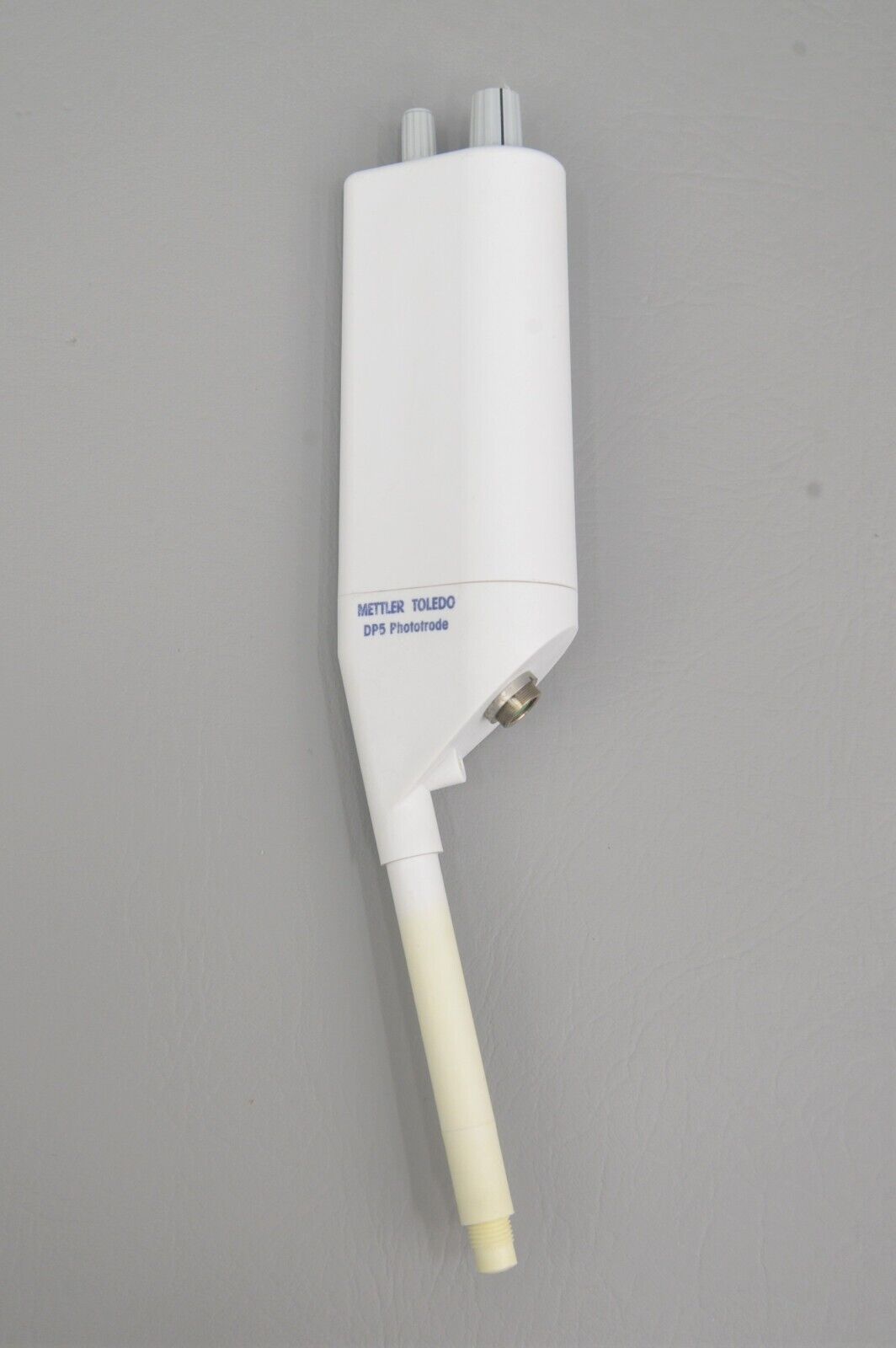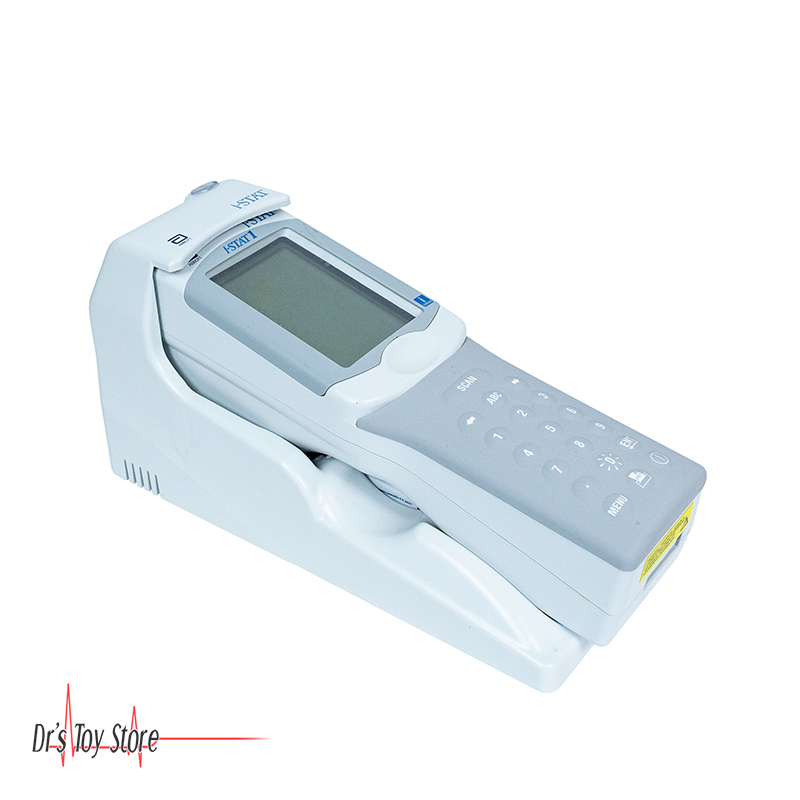

Medical professionals are also using i-STAT systems in various clinical settings, including in hospitals, emergency departments, physician offices and rural health settings, he added.
#Abbott istat portable#
"Because we have the broadest menu of tests available in one single portable platform, we’re able to meet different needs of multiple patient types across the entire care spectrum," Jarvis said. Medical volunteers use Abbott's i-STAT system on the sidelines of five of the six Abbott World Marathon Majors races. In the U.S., one in three hospitals currently use i-STAT systems, and the devices are useful in nearly every corner of the hospital from radiology to the intensive care unit to the operating room. Outside of marathons, the i-STAT is taking up shop in medical centers around the globe. It's wonderful for runners to have access to a tool like this that can help with very quick treatment." "The fact that we can bring the diagnostics right to the runner's side is truly the power of. "Without this portable tool, these runners showing signs of severe dehydration or hypernatremia would likely be transported to the hospital for diagnostic tests and follow up," Jarvis said. The portable tool is being used at many of the Abbott World Marathon Majors races to quickly assess runners who need medical attention and help identify optimal treatment. The Boston Marathon is just one event where the i-STAT system is transforming how patients receive care. To have the ability to use a point of care device and quickly determine what is a massive help to us." until we know their sodium levels," Troyanos said. "We are not providing any runner with an I.V. Treatment for hypernatremia - an electrolyte problem defined by a rise in sodium concentration - must be handled very carefully. The i-STAT is especially beneficial when runners are showing signs of dehydration or hypernatremia, Troyanos said. Blood tests sent to a lab on the other hand, may take hours for results to return. The i-STAT system can quickly test electrolytes, particularly sodium levels, as well as lactic acid levels, and cardiac markers that help detect a heart attack, Jarvis said. Minutes later, medical staff can view results. Medical staff use the i-STAT system by inserting 2 to 3 drops of the patient's blood into a cartridge and placing the cartridge into the handheld device. In my opinion, the i-STAT is a vital piece of equipment towards that goal." "We're trying to lessen the amount of transports. "The whole idea of what we're trying to do is lessen the impact of race day on our public safety system," Troyanos said. Runners who need attention are swiftly triaged in the medical tent, where staff monitor illnesses and make quick medical decisions. Being able to treat them quickly and having a definitive diagnosis, may help get them back onto the course so they can finish their race."Īccording to Chris Troyanos, ATC medical coordinator for the Boston Marathon, the marathon team sees a range of medical conditions during race day, including respiratory trouble, heat stroke, and dehydration.

"Before the i-STAT, runners would have to sit out until they felt better.

Paul Jarvis, director, global medical affairs for Abbott’s point of care diagnostics business. "The ability of the i-STAT to promptly deliver reliable test results in a matter of minutes helps the medical team triage, diagnose and monitor runners that come into the tent," said Dr. Providing results in just minutes, the i-STAT system can help medical staff quickly determine a treatment path and if possible, ease runners back onto the course as fast as possible. The portable tool is used to analyze the blood of runners who may be in medical distress. Among their most efficient tools? A small handheld device that could produce life-saving results: Abbott's i-STAT technology. Luckily for runners, an unexpected visit means the expert care of 1,700 volunteers ready to tackle nearly any emergency with hundreds of beds, I.V.s, ice packs, and monitors. It's a place no Boston Marathoner intends to end up: The medical tent.


 0 kommentar(er)
0 kommentar(er)
